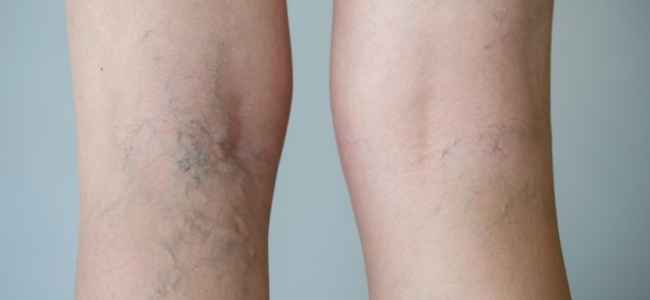Varicose veins are bulging veins under your skin that appear mostly on the legs. Around 30% of the population of the Earth has varicose veins. For most people, they are only a cosmetic problem and do not pose a threat to your overall health. However, it is important to look out for signs that may indicate concerning conditions.
Varicose veins can sometimes cause pain and discomfort in your legs. Often, this pain subsides on its own or with the help of home remedies. When they do not, it can be a sign of a more serious underlying condition and may need the assistance of a vein specialist in Davenport, FL, immediately.
Concerning Signs for Varicose Veins
- Bleeding
Varicose veins are fragile and more vulnerable to cuts and injuries. Even a small papercut or a brush against a sharp piece of furniture can cause them to puncture and burst, resulting in bleeding. If you take blood thinners, you are prone to heavy bleeding. Putting pressure on your veins should be enough to stop the bleeding. However, when this does not work, it is a sign of a medical emergency.
- Swelling
You may think that swelling is a typical condition and would not cause harm, but that is not so. When the swelling increases so much that it becomes difficult to move your legs, put on shoes, or wear clothes comfortably, it is a sign of danger. You may feel tightness in affected areas, and in some cases, you may experience leakage of a yellow-colored fluid.
- Skin ulcers
When your skin starts swelling because of varicose veins, the swollen tissues limit the flow of oxygen and nutrients to the involved tissue. Oxygen and essential nutrients are required for the skin’s healing process. Therefore, when you get injured, your skin becomes less likely to heal. This gives birth to skin ulcers. Skin ulcers can generally be treated by cleaning and bandaging the area. However, if you see pus coming out of them, consult your doctor.
- Blood clots
People with varicose veins often experience blood clots. Blood clots often occur in the deeper veins of your leg and can cause swelling, pain, and tenderness. Your leg may appear red and feel warm. The biggest risk associated with a blood clot is that it may break off and travel to the lungs, which results in a life-threatening condition.
- Skin infection
Varicose vein swelling can cause your skin to stretch, allowing the bacteria present in your body to get inside and causing an infection called cellulitis. Medications will be needed to treat such infections and swelling.


